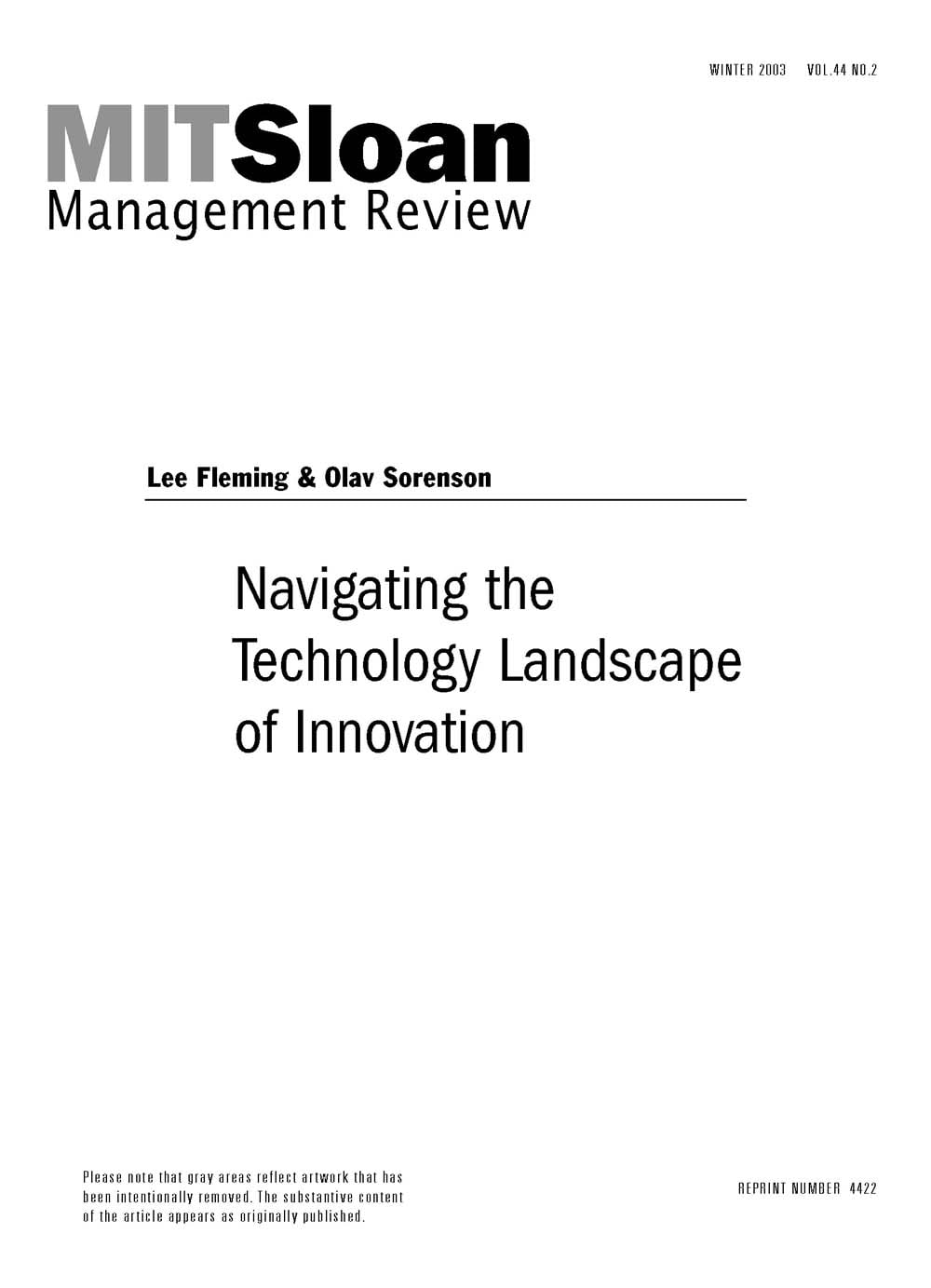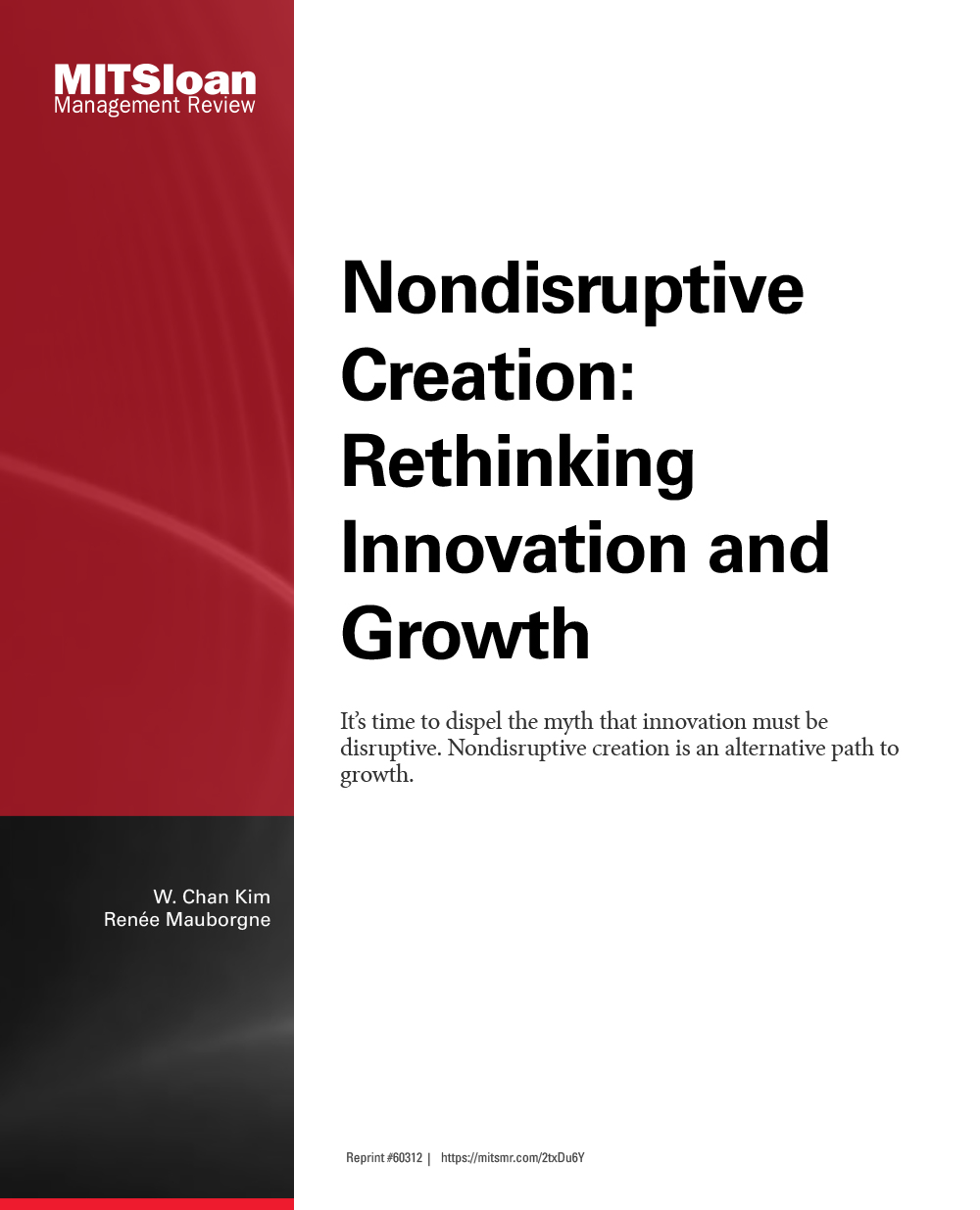
Navigating the Technology Landscape of Innovation
Developing the right strategy for product innovation requires a fundamental understanding of how technical modularity affects R&;D. In a modular design, a change in one component of a product has relatively little influence on the performance of the system. In a nonmodular, or coupled, design, the components are highly interdependent, and the result is that a minor change in one part can cause an unexpectedly huge difference in the functioning of the overall system. Generally speaking, modular designs make R&;D more predictable, but they tend to result in incremental product improvements instead of important advances. Coupled designs are riskier to work with, but they are more likely to lead to breakthroughs.
This trade-off between predictability and innovation can be visualized as a technology landscape, with gently sloping hills corresponding to incremental product improvements that are based on modular components — and with soaring, craggy peaks representing breakthrough inventions that rely on tightly coupled parts. Developing new products requires a search across such technology terrain, and companies should first choose the type of landscape that suits them best and then develop the appropriate strategy for navigating that topography.




